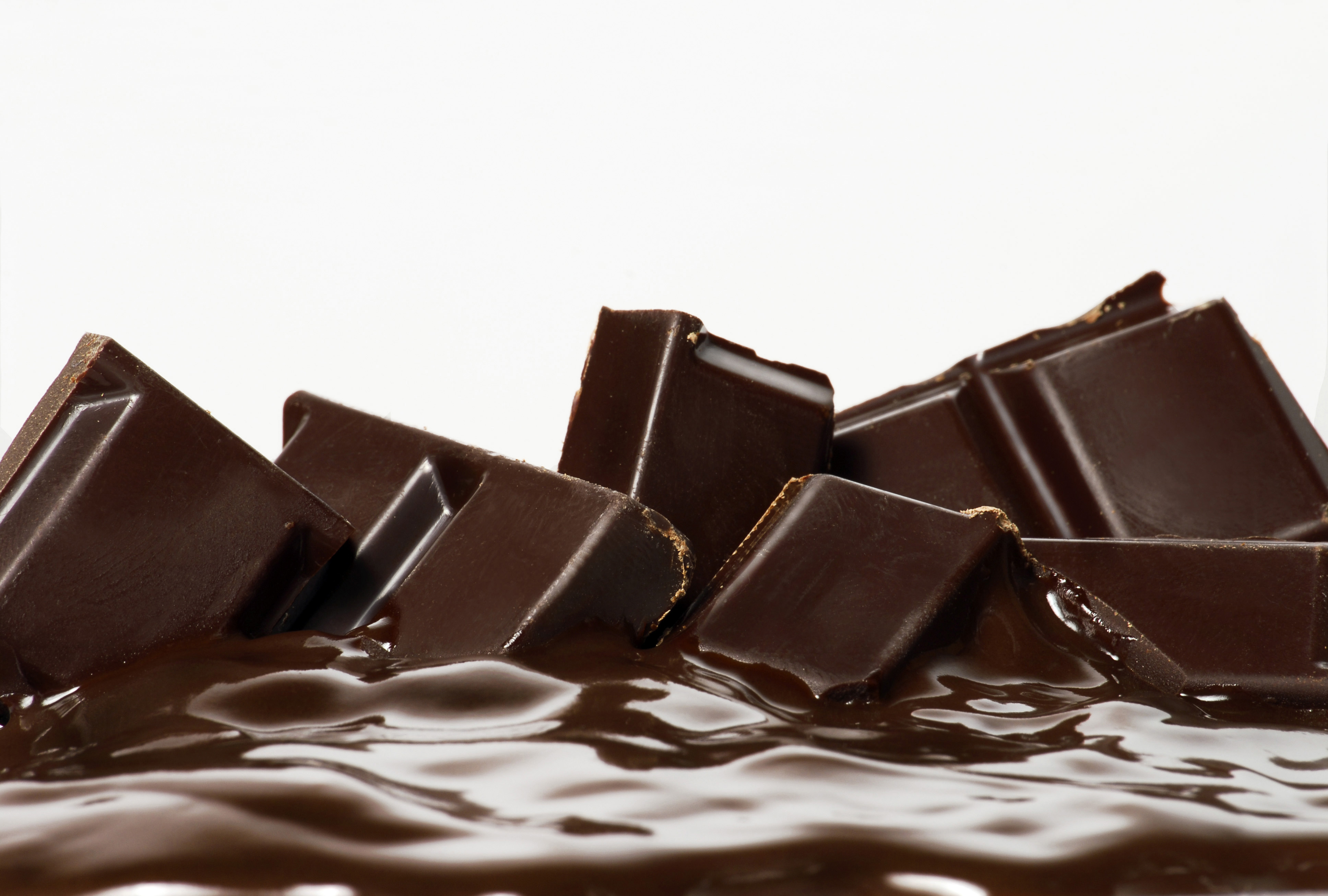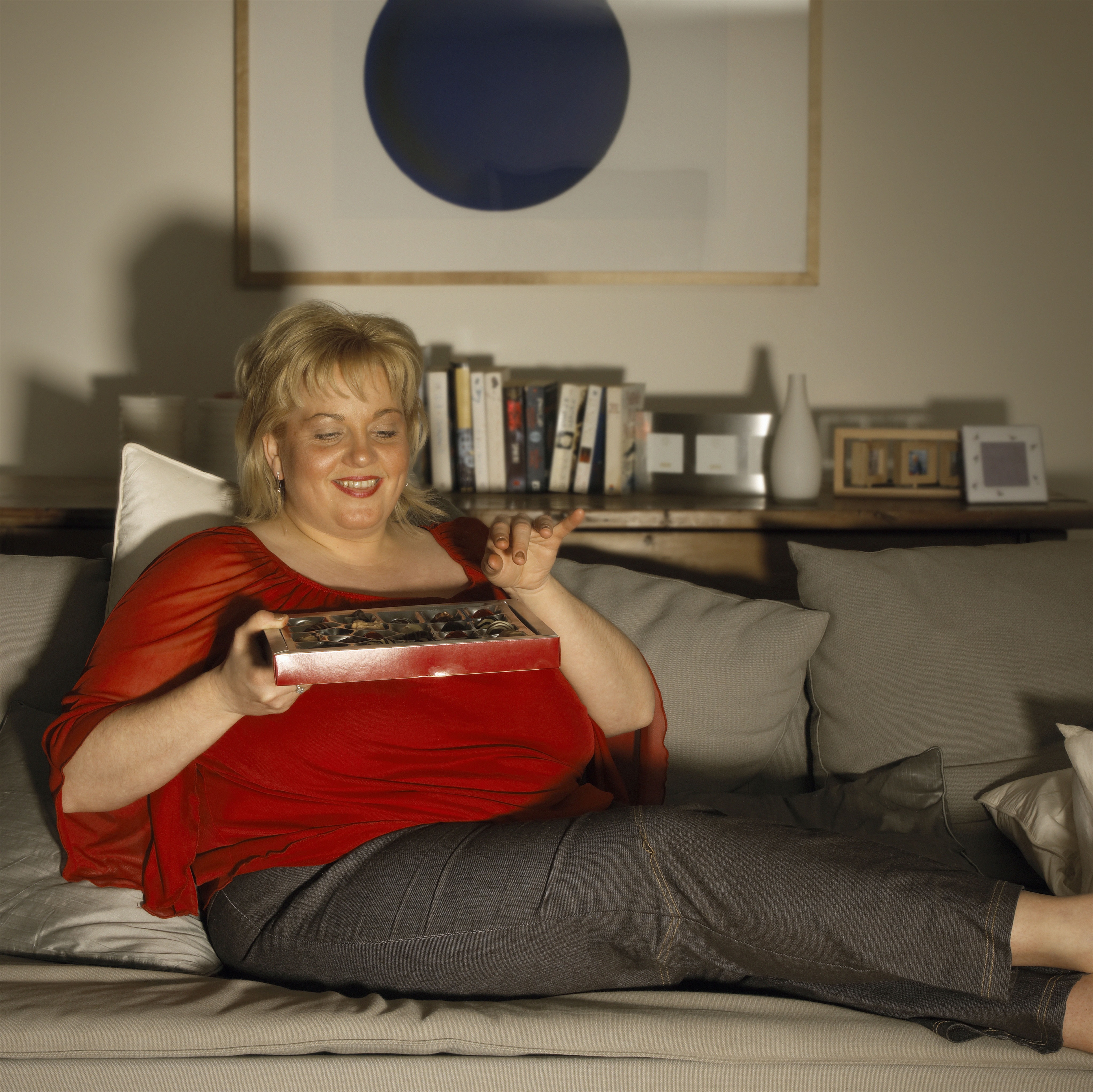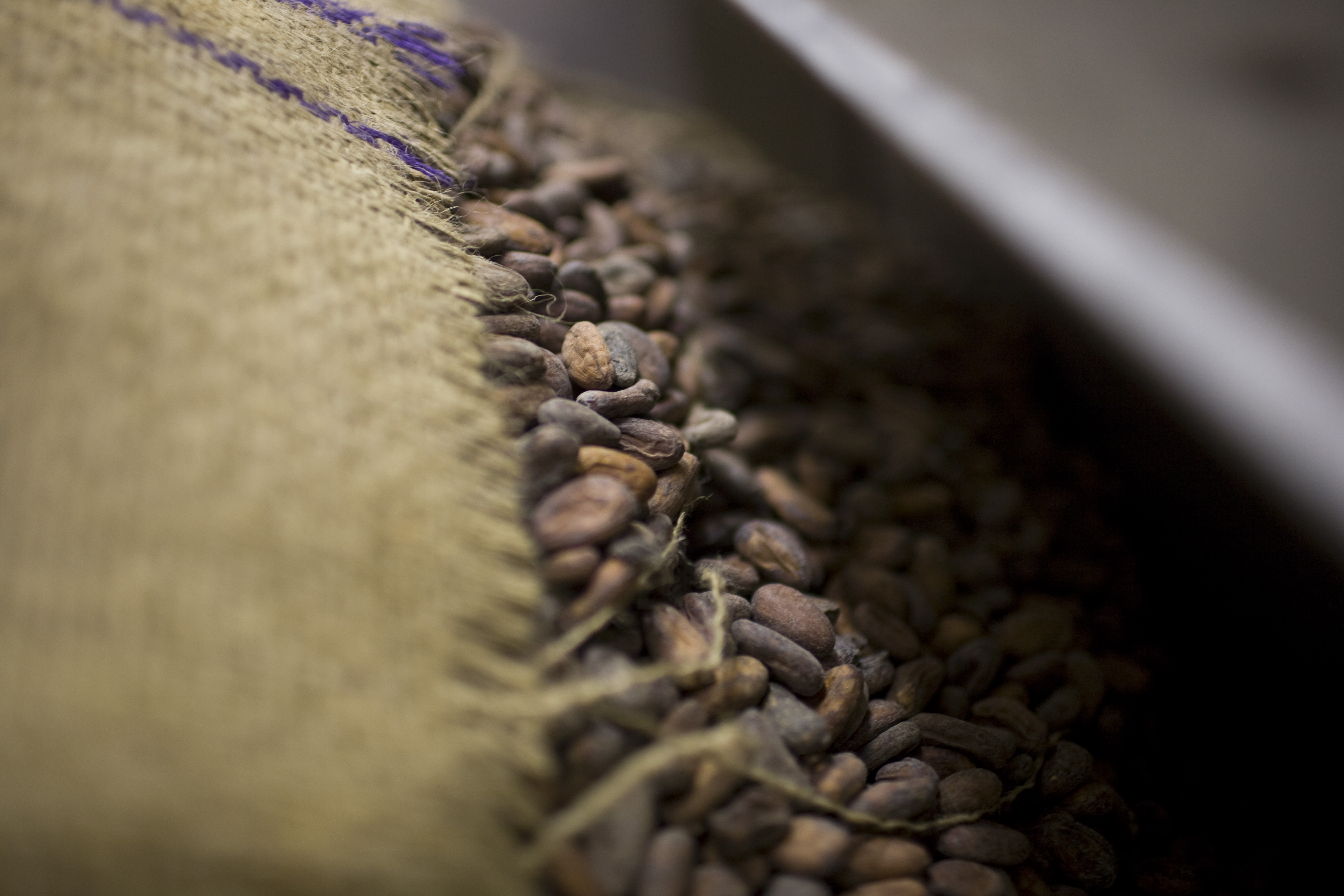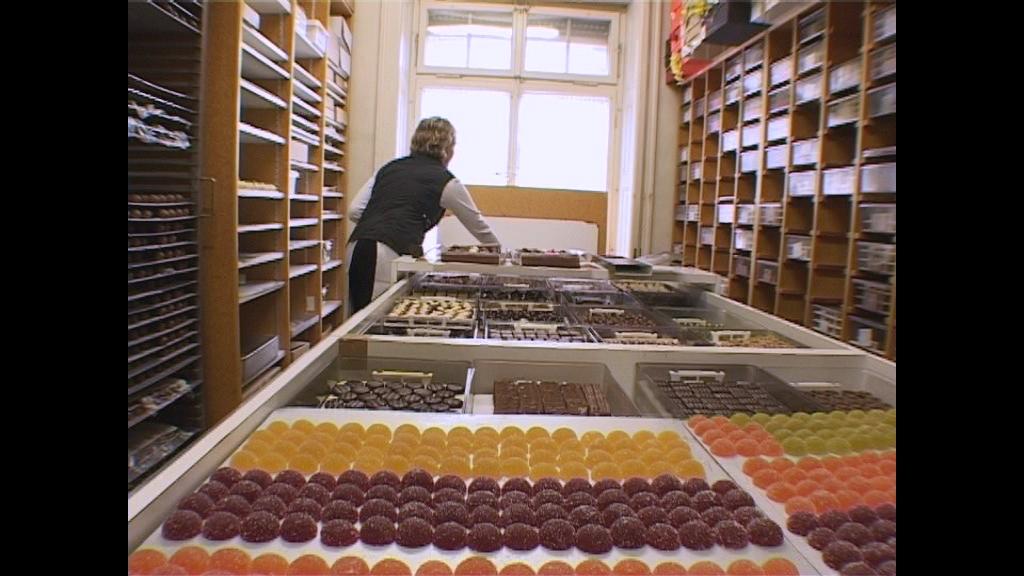The shape of chocolate to come

Universally loved and recession proof, chocolate continues to be a sweet prospect for both manufacturers and consumers. But while sales growth is expected to continue on an upward path, the industry also faces fresh challenges.
New consumers have different tastes while established markets are riddled with health concerns and a fad for individualised products, according to a report from management consultants KPMG.
“Many companies are battling to stay on top of a rapidly shifting marketplace,” the report reads. “The requirement to offer local, highly tailored and increasingly diverse products represents a serious threat to market share.”
Chocolate’s association with Switzerland is a well-worn cliché, but not without good reason as the Swiss eat more per person each year (11.9 kilograms) than residents of any other country.
While the art of chocolate making may initially have been learned in Italy, milk chocolate was invented in Switzerland.
Switzerland is also home to the largest global chocolate maker, Barry Callebaut, which produces a huge range of recipes that manufacturers combine with other ingredients to turn into finished products.
Weird and wonderful
The Swiss chocolate industry produced more than 176,000 tonnes of chocolate last year, raking in SFr1.7 billion ($1.7 billion) in turnover. Lindt & Sprüngli is in the top league in the global premium chocolate sector, Toblerone is an instantly recognisable household brand, while food giant Nestlé produces some of the best known bars, including Kit Kat.
KPMG concludes that companies must clear the three hurdles of sustainability, innovation and health in order to prosper in future. So how will Swiss chocolate manufacturers react to the growing changes in the global markets?
Barry Callebaut spends around SFr20 million a year on research and development and has come up with such innovations as a melt-resistant chocolate (particularly good in hot countries) and a lactose-free product.
And like Nestlé, it also advertises the time and money it spends on improving farming techniques and conditions for workers on plantations, although not everyone is convinced that the multinationals do as much as they should.
Nestlé has gone to town with Kit Kat in Japan, producing some 200 special editions and unique flavours, such as soy sauce, green tea, melon and sweet potato. The company’s Maison Cailler luxury range also gives it a foothold in the high-end market segment and allows customers to create personalised taster packs.
Premium growth
Manufacturers have also taken on board rising concerns of obesity in many countries. Exports of Swiss mini-formats rocketed by 30 per cent last year compared to 2010.
Industry leaders in Switzerland have little reason to fear changes in consumer behavior or regulatory challenges, according to independent Swiss-based food consultant James Amoroso.
“Barry Callebaut is benefitting from the growing trend of manufacturers to outsource lower added value elements of the production chain,” he told swissinfo.ch.
“They are also ideally placed to take advantage of changing consumer patterns because their business is tailoring chocolate recipes to their customers’ needs. The more diverse and changeable those needs are, the better for Barry Callebaut.”
The premium chocolate segment is experiencing much higher growth rates than mass market products, Amoroso added. “The trend is expected to continue as people increasingly realise that chocolate should be an occasional treat rather than something to be eaten in large volumes,” he said.
Sales in high end chocolate products could be driven further by China, which has a higher-than-average proportion of wealthy consumers compared to a yet underdeveloped strata of middle income earners.
Lindt & Sprüngli’s dominance in the global premium market is unlikely to be affected by growing health concerns in many countries, according to Amoroso. “Consumers may start to think twice about having a second Mars bar, but they are still going to buy a box of premium chocolates as a gift or as a treat for themselves,” he said.
Gold star
And it is not just the big companies that are taking advantage of new opportunities in the chocolate market. Fledgling firm myswisschocolate, formed in 2010, now has 30,000 customers from 32 different countries who design and order custom made bars online.
“There is a real desire from people to have a unique product that is tailored to their individual needs rather than mass produced alternatives,” company chief executive Sven Beichler told swissinfo.ch.
Customers can create their own bars, with up to 450 million different combination options, including chilli, rose leaves and images printed onto edible paper. The most popular single ingredient – apart from the chocolate itself – is 23 carat gold flakes.
“This shows that people are willing to pay for a premium personalised product,” said Beichler. “Alcohol is not good for you but that does not stop people from enjoying a fine wine. The secret is to have it in small doses and to really appreciate the experience.”
Swiss entrepreneurs learned the art of chocolate making by travelling to Italy in the 19th century.
Jean-François Cailler opened a chocolate factory in Corsier, near Vevey in canton Vaud, in 1819. The company flourished for a century before merging with food giant Nestlé in 1929.
Other Swiss chocolatiers followed suit, with Philippe Suchard setting up his business in 1826 and Rudolf Sprüngli-Ammann establishing the first chocolate factory in the German-speaking part of Switzerland (Zurich) in 1845.
Rodolphe Lindt started another of Switzerland’s most famous brands in Bern in 1879. Lindt invented the first melting (or fondant) chocolate product. He later sold his factory and recipes to Rudolf Sprüngli.
Theodor Tobler created one of the most famous Swiss chocolate products in 1908 – the triangular shaped Toblerone, made with honey and nougat.
Henri Nestlé’s baby food company moved into chocolate in 1904 and now produces some of the bestselling chocolate products, such as KitKat.
Along the way, Swiss chocolatiers have added their own valuable innovations. In 1875 Daniel Peter invented milk chocolate while working at Cailler.
According to the Swiss Chocolate Association (chocosuisse), Switzerland produced 176,332 tonnes of chocolate last year (more or less the same as 2010).
Some 60.4% was exported, while Switzerland imported 34% of its chocolate last year.
Sales dipped 3.1% to SFr1.7 billion ($1.7 billion), mainly thanks to the effects of the strong franc.
Swiss people consume more chocolate per person (11.9 kg) than residents of any other country.

In compliance with the JTI standards
More: SWI swissinfo.ch certified by the Journalism Trust Initiative



You can find an overview of ongoing debates with our journalists here. Please join us!
If you want to start a conversation about a topic raised in this article or want to report factual errors, email us at english@swissinfo.ch.